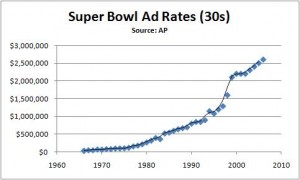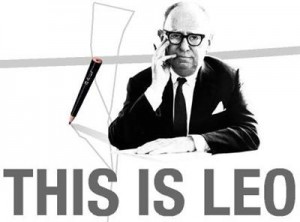The USA is the only country in the world where comparative advertising is allowed. I can remember for as long as I care to, how I always looked forward to the continuous “trash talking” between Ford and GM, especially when it came to these two companies’ trucks. Well, it would appear that GM has gone too far this time, according to Ford. Ford tried to obtain a court order to prevent GM from showing it Silverado commercial during Super Bowl 2012. I chose this commercial to be the best of the 2012 crop (and trust me, I believe there were a bunch of outstanding spots; in fact, I believe it has been a very long time since we saw TV spots like these).
Check it out and lets have your opinions!














